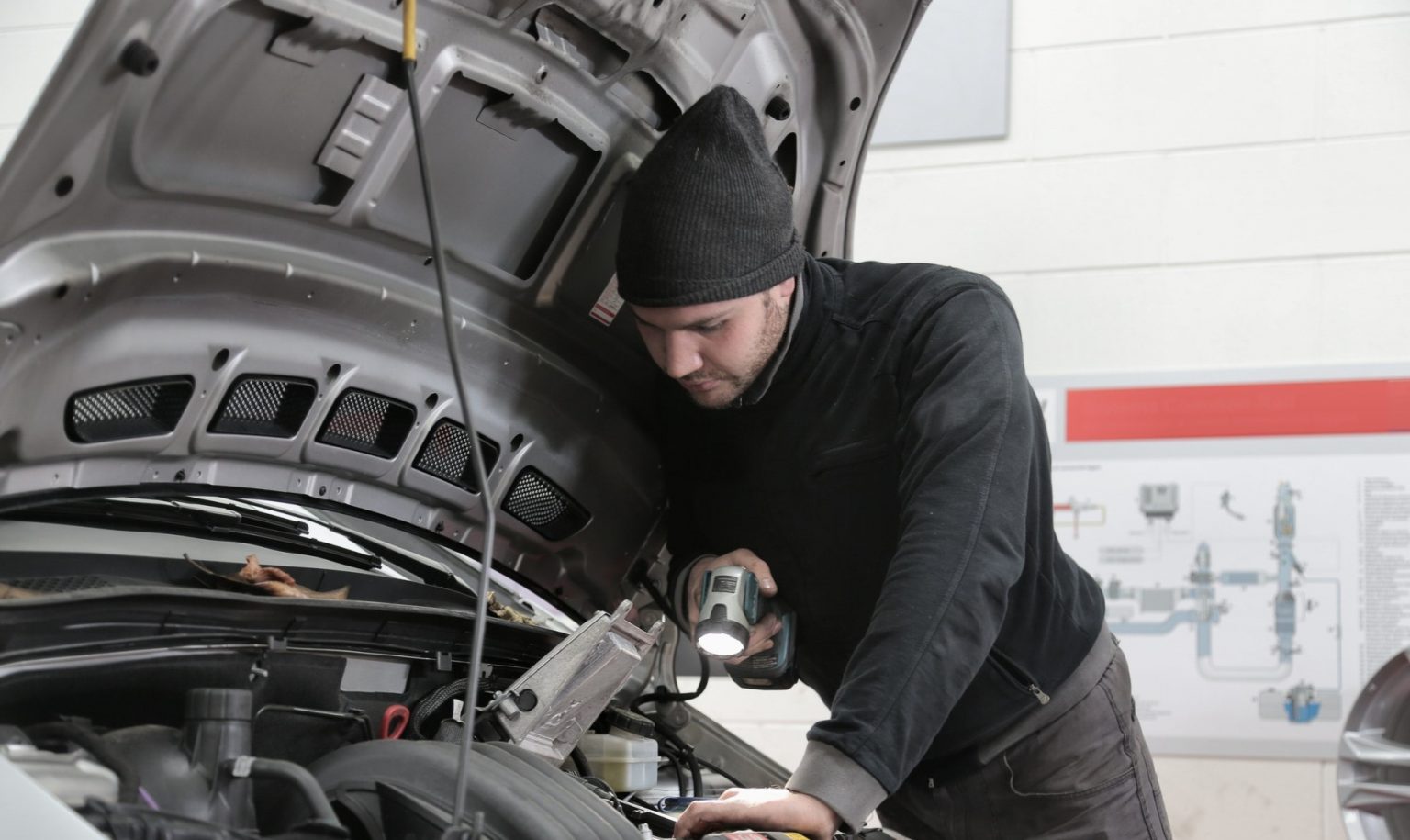When was the last time you thought about your vehicle’s fuel system? For many, it’s often relegated to the background, overshadowed by more pressing concerns like tire pressure or oil changes. However, understanding how a low-pressure fuel pump operates and the symptoms of its failure can save you from unexpected breakdowns and costly repairs. Will you rise to the challenge of identifying the often-overlooked signs of a struggling fuel system?
The fuel pump is a crucial component of any automobile. It serves the primary purpose of transferring fuel from the tank to the engine at the necessary pressure. A low-pressure fuel pump, if malfunctioning, can disrupt this delicate balance, leading to a cascade of frustrating symptoms. This article will delve into the tell-tale signs that may indicate your fuel pump is in distress, ensuring you’re well-equipped to tackle these issues should they arise.
1. Difficulty Starting the Engine
Have you noticed a sluggish start when turning the ignition? A low-pressure fuel pump often manifests itself through starting issues. Fuel delivery is inhibited, and the engine doesn’t receive the requisite amount of fuel to initiate combustion easily. If you hear a prolonged cranking sound before the engine finally roars to life, it’s time to investigate further.
2. Decreased Engine Performance
Picture this: you’re cruising down the highway, but your car feels like it’s dragging a heavy load. A sure sign of low fuel pressure is decreased engine performance. This scenario often presents itself through noticeable power loss, hesitation during acceleration, or stalling in otherwise smooth conditions. If your vehicle feels as though it’s at the mercy of a whim, your fuel pump could be the culprit.
3. Poor Fuel Economy
Are you paying more at the pump but seeing fewer miles per gallon? A faltering fuel system can lead to inefficient combustion, resulting in an insatiable thirst for fuel. If you’re making more frequent trips to refuel, your low-pressure fuel pump may be to blame. This scenario not only drains your wallet but can also contribute to increased emissions, which is a double whammy for the environment.
4. Engine Misfiring
Imagine driving along when suddenly the engine begins to sputter like a faulty firework. Engine misfiring, characterized by irregular or inconsistent power delivery, can stem from various issues, including fuel delivery problems. Low fuel pressure can lead to an improper fuel mixture in the combustion chamber, resulting in erratic engine behavior. If there’s a hitch in your ride, pay close attention.
5. Warning Lights on the Dashboard
Have you ever been greeted by a warning light in your vehicle? While these indicators typically provoke feelings of dread, they serve a critical purpose: to inform you when something is amiss. A malfunctioning low-pressure fuel pump might illuminate the check engine light. When that light flickers to life, it’s your vehicle’s way of saying, “Help me!” Book a diagnostic test to pinpoint the issue and prevent exacerbating the problem.
6. Unusual Noises from the Fuel Tank
Does your vehicle sound like a coffee maker brewing on overdrive? A failing low-pressure fuel pump can produce a cacophony of sounds, ranging from whining to humming noises originating from the fuel tank. If you notice any abnormal sounds, it’s wise to get it checked. After all, your vehicle is trying to communicate with you, and understanding its language can be hugely beneficial.
7. Fuel Leaks
A comprehensive assessment of your vehicle should include a visual check for any signs of fuel leakage. Pools of gasoline beneath the vehicle’s undercarriage are not just unsightly; they’re dangerous. If you observe fuel on the ground or a distinctly unpleasant odor wafting around your car, act promptly. Low fuel pressure can sometimes lead to leaks — this could exacerbate your existing problems significantly.
8. Stalling
Have you experienced your car unexpectedly stalling in the middle of traffic? This unnerving event can stem from various issues, but if it’s accompanied by other symptoms on this list, a failing low-pressure fuel pump could be the underlying cause. Stalling not only disrupts your journey but can also pose significant safety risks. Prioritize resolving this issue before the unpredictability of stalling puts you in a precarious situation.
9. Increased Emissions
In an era emphasizing environmental responsibility, nobody wants to be the driver contributing to excess emissions. A low-pressure fuel pump can lead to a detrimental fuel-to-air mixture, resulting in increased emissions. This not only impacts the planet but can also lead to failing emissions tests during inspections. Monitoring your fuel system not only benefits yourself but also the environment as a whole.
Conclusion
Now that you’re familiar with the myriad symptoms of a low-pressure fuel pump failure, it’s essential to be vigilant about your car’s performance. As you embark on your journeys, stay attuned to these indicators. Awareness empowers you to address potential issues proactively. So, the next time you climb into your car, ask yourself: what signs might my vehicle be showing today? By honing your awareness, you’re not merely maintaining your vehicle; you’re mastering a crucial aspect of automotive care.
